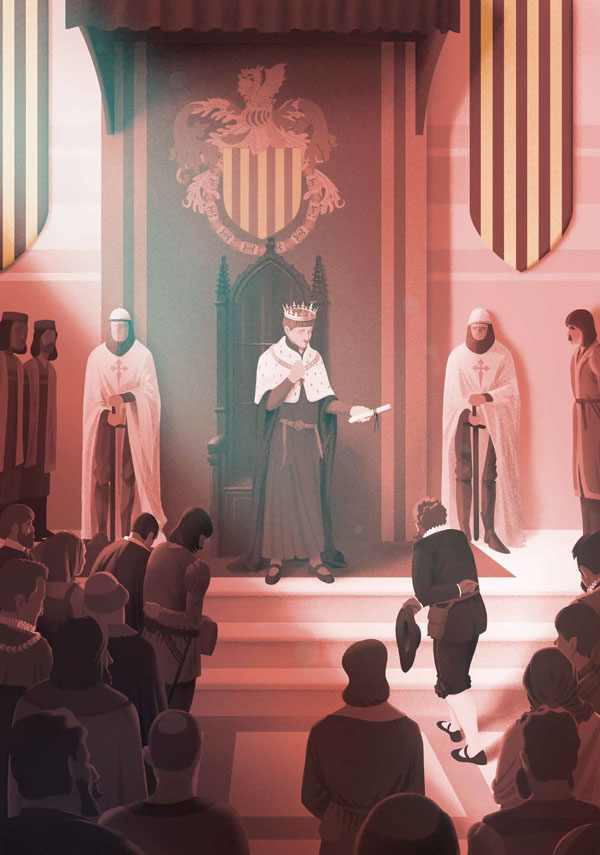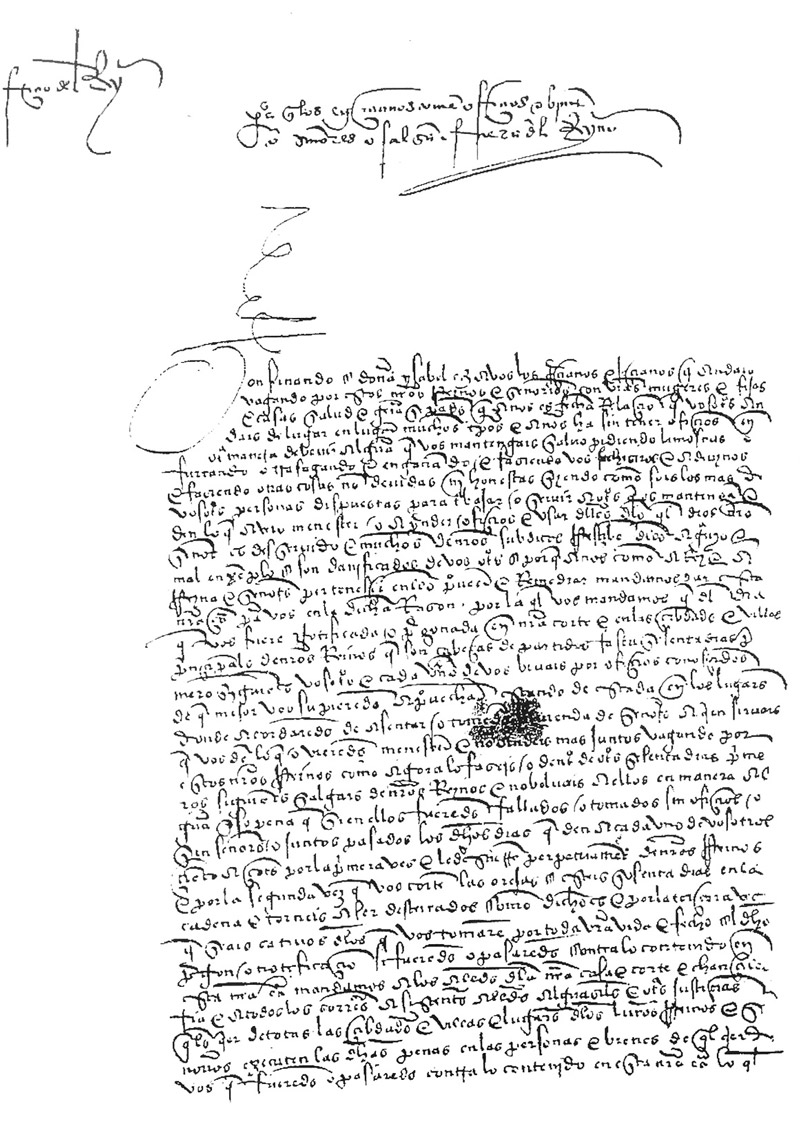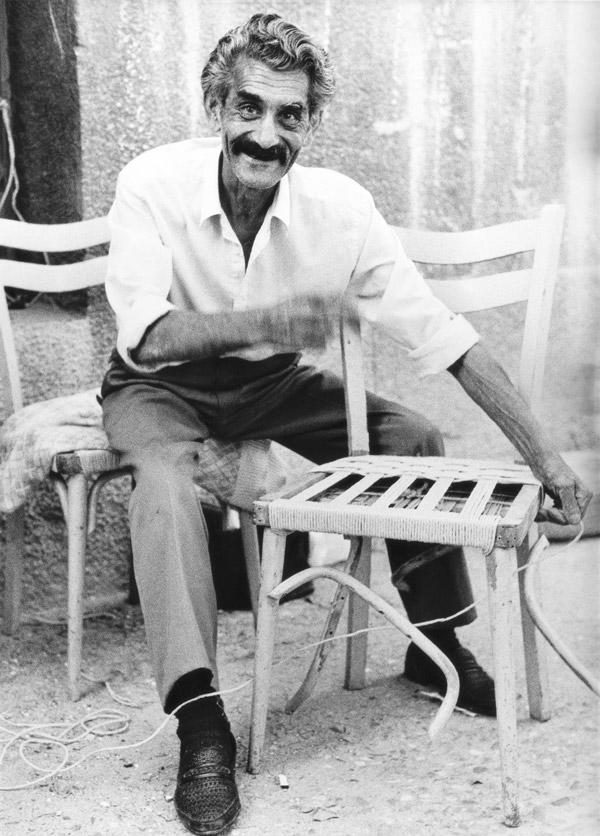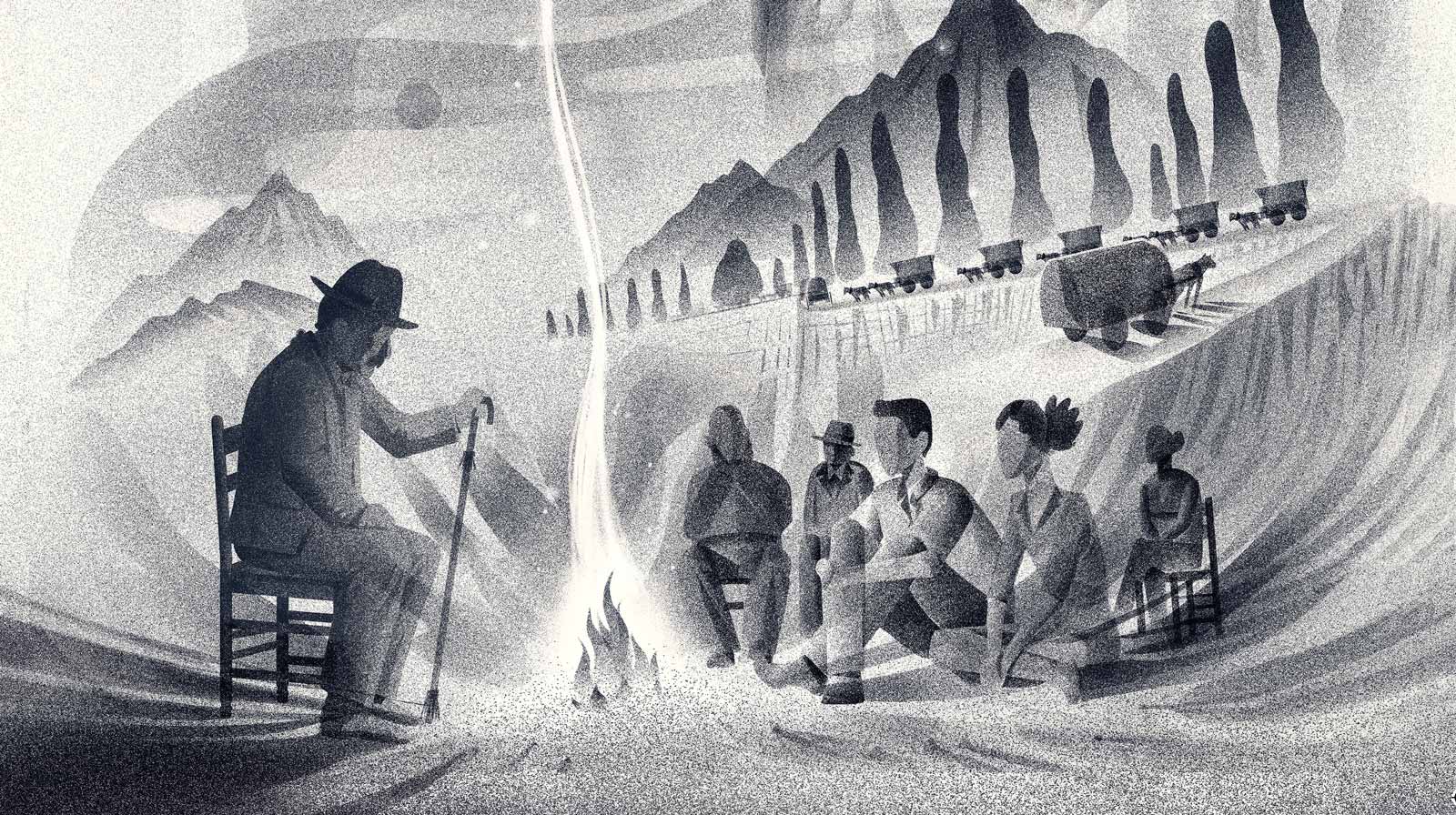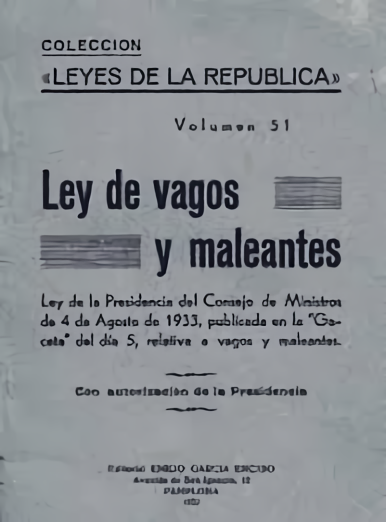History of the Roma people [editar]
Intinerancias
Proyecto audiovisual de la FSG publicado en 2012 que describe El viaje Rom: un paseo por la historia del viaje de gitanos y gitanas desde su salida de la India hasta su llegada a España, con diferentes fases: el inicio del viaje; la expansión por Europa; una Segunda oleada de migraciones; la gran catástrofe; el bloque comunista; la tercera migración... Y un recorrido más reciente en la sección de Los gitanos en España.



